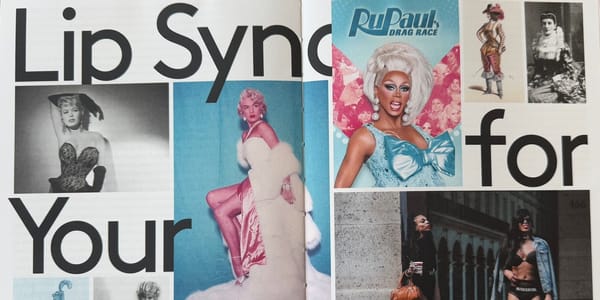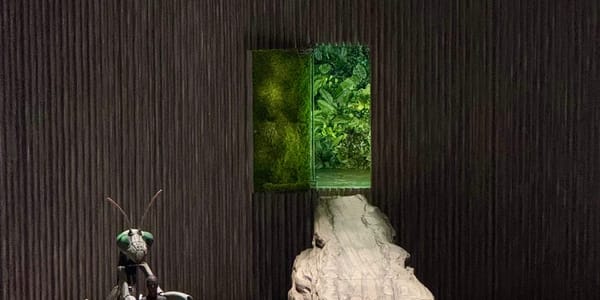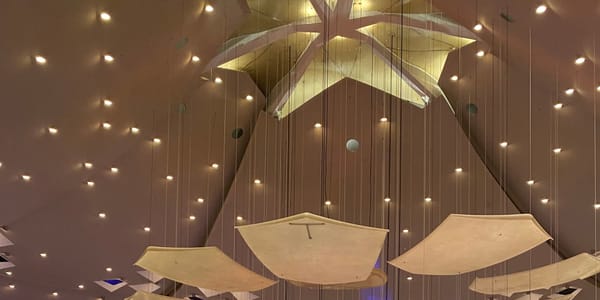Die Zauberflöte (Everding) at Staatsoper Berlin
The production's amalgamation of historical anchor and modern context is very fitting for the Staatsoper, which is also no longer the house that it was when Schinkel‘s Zauberflöte was first staged there.

⭐️⭐️⭐️
🎭 Die Zauberflöte (Everding)
🎶 Wolfgang Amadeus Mozart
🏛️ Staatsoper Unter den Linden
🗓️ 14.11.2024
“Bekämen nur die Lügner alle, ein solches Schloss vor ihren Mund: Statt Hass, Verleumdung, schwarzer Galle, bestünde Lieb‘ und Bruderbund!“ is a line that sticks with me for a while every time I see the Zauberflöte. Although the opera shares multiple wisdoms on how to construct your humanist moral compass, this one is at the core of them all: thou shalt not lie; or, to put it in a less biblical and more popculturally relevant way: “truth >>>”. This wisdom is dropped early on in the plot, during the Tamino-Papageno-three Ladies quintet (one of my favorite parts of the opera), and kickstarts the enlightenment-era moral character of the story.
The production of the Zauberflöte at Staatsoper Berlin, created in 1994 by August Everding, is absolutely wonderful and draws much inspiration from its enlightenment origin. It offers authentic musical theatre on an opera stage unlike any that I’ve seen recently: quick changes of scenery for nearly every number, whimsical special effects including pyrotechnics, smoke, light, mesh screens, and just the right amount of fairytale surrealism.
At the production‘s core are 12 set designs by Karl Friedrich Schinkel from the 1816 production of the Zauberflöte at the very same location, when it was still the Royal Opera House for the Prussian court. These “decorations” are incredibly detailed canvas drawings of architecture and nature, heavily inspired by Egyptian culture and art which was becoming fashionable in Europe at the time due to Napoleon‘s conquests there.
While Everding‘s production relies heavily on these decorations, it is not merely a historicist reproduction of the Schinkel original. In fact, beyond the 12 set designs and a few costume drawings, we have very little information about what actually happened on that stage in 1816: theatre customs, choreography, props, and stage orders remain mere speculation.
What we see on the Staatsoper stage today therefore is quite its own remarkable thing, with a mirrored walkway into the auditorium, timeless costumes, and adaptations of the character dynamics (like the Queen of the Night crowning Tamino and Pamina together with Sarastro at the triumphant end, instead of descending to hell vanquished). And yet, Schinkel‘s spirit lives on, suggesting a clear idea of what opera might‘ve been like two hundred years ago.
This amalgamation of historical anchor and modern context is very fitting for the Staatsoper, which is also no longer the house that it was when Schinkel‘s Zauberflöte was first staged there. There have been at least three redesigns of the building since 1816–two with a complete gutting of the building’s core—meaning that nearly all of what we see today as guests of the Staatsoper is a creation of the 1950s, when post-war architects transformed the house from an intimate courtly chamber opera to the main opera stage of the GDR (I recently did a fascinating deep dive into the house‘s architectural history—highly recommend!). And even after the 2010s remodeling, the Staatsoper has stayed true to its contemporary purpose: a modern opera house for the people of Berlin and beyond.
Which brings me back to the Zauberflöte‘s core moral of “truth”, repeatedly emphasized throughout the plot. Beyond that first quintet, perhaps the most influential passage is that of Pamina placing truth over her own interests (fleeing Sarastro, her kidnapper). “Die Wahrheit! Sei sie auch Verbrechen” is what she proclaims from the heart. In times of post-factual political discourse, looming right-wing authoritarianism, and rampant populism from conservative and neoliberal shmucks, Pamina’s resolute advice is something many opinion leaders in our society should greatly take to heart—our society would be all the better off for it.
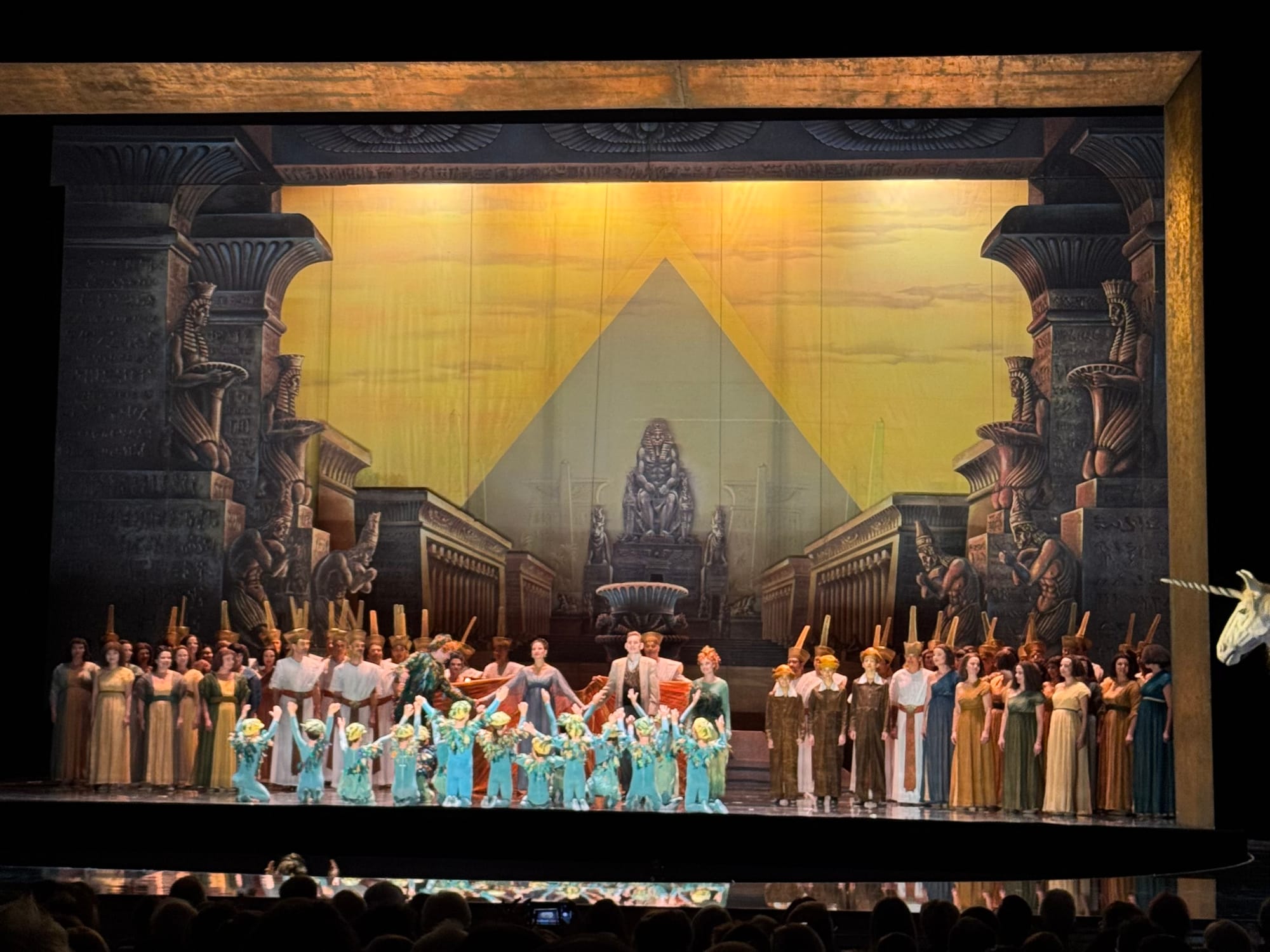
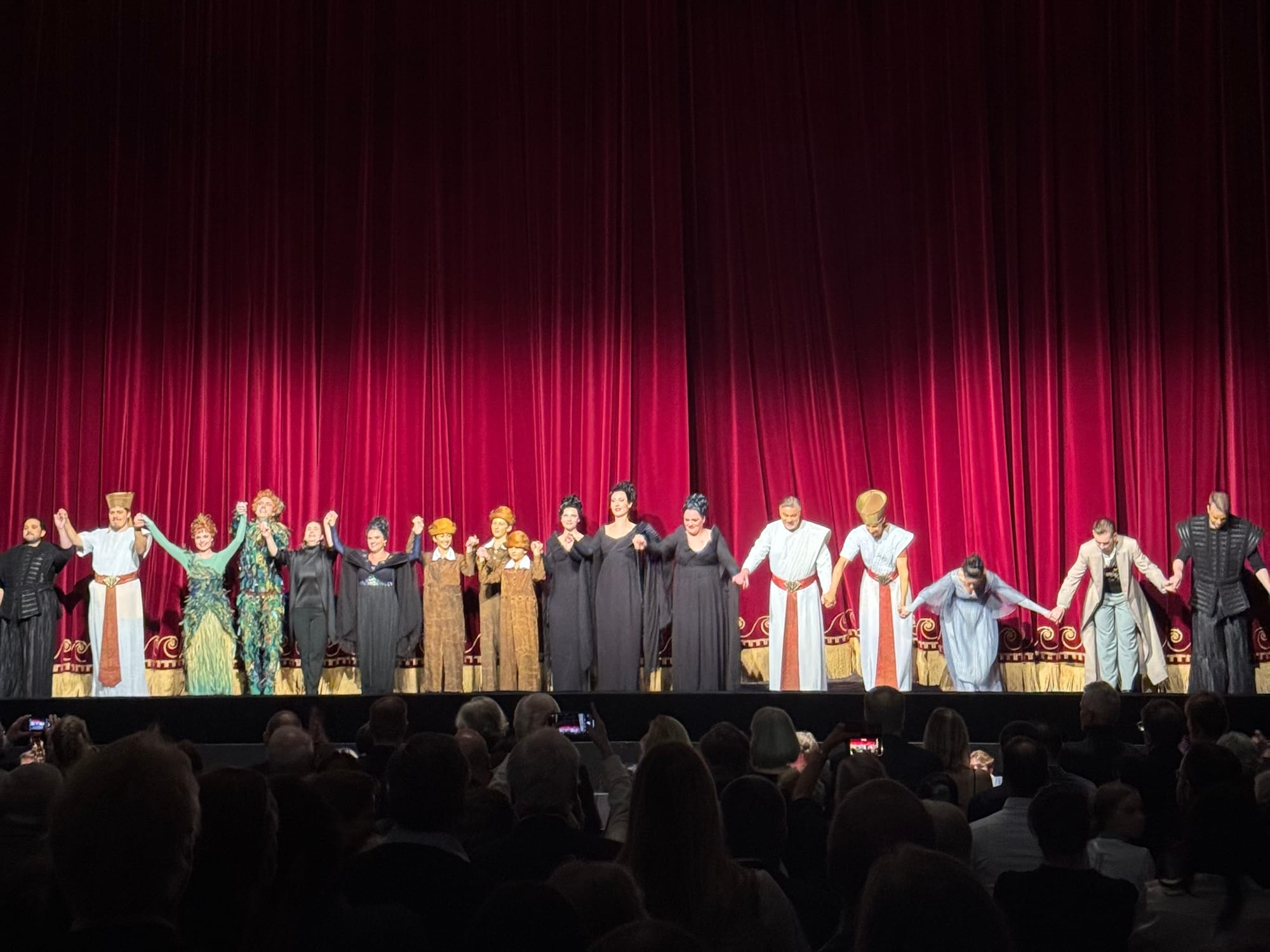
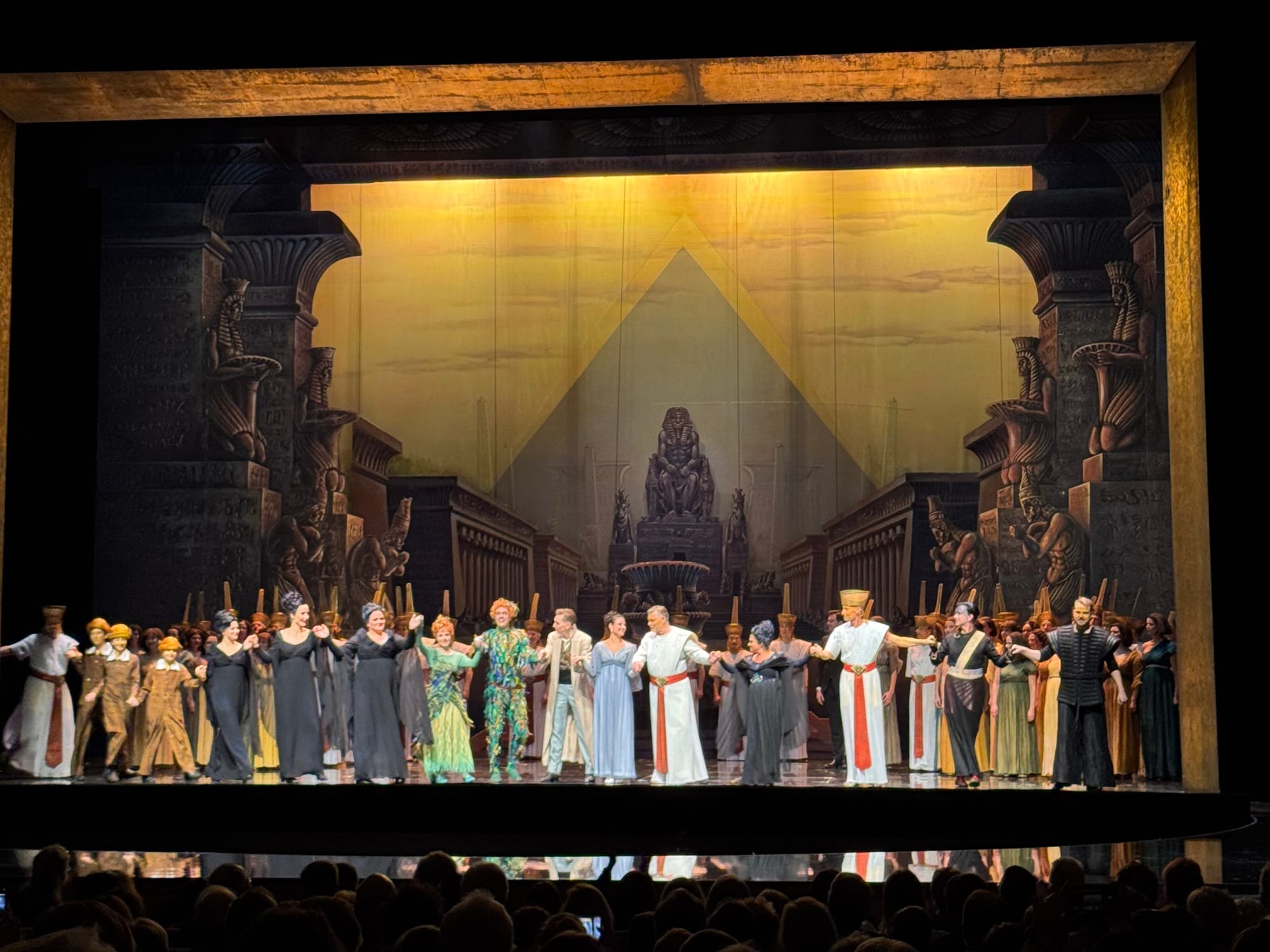
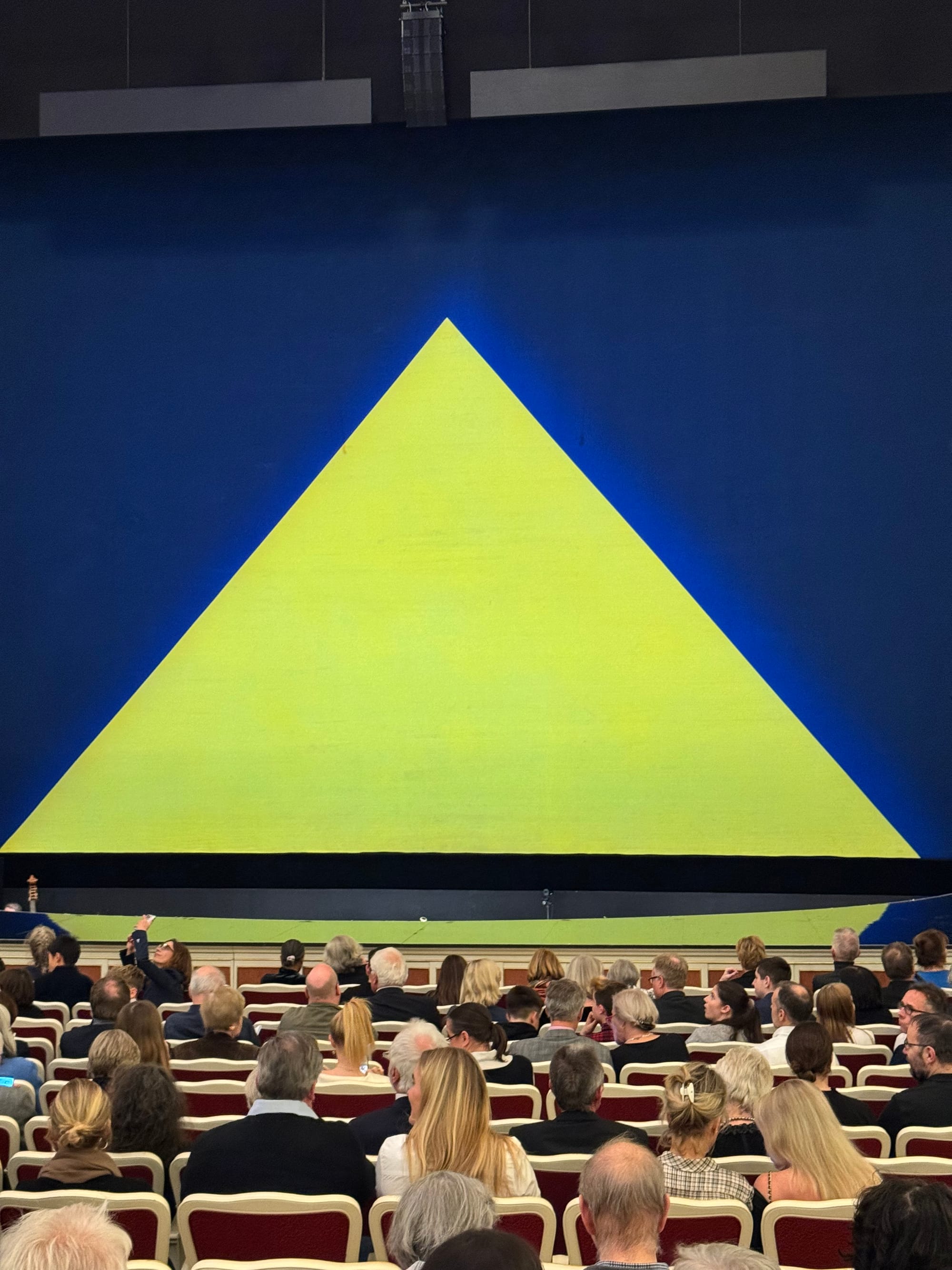
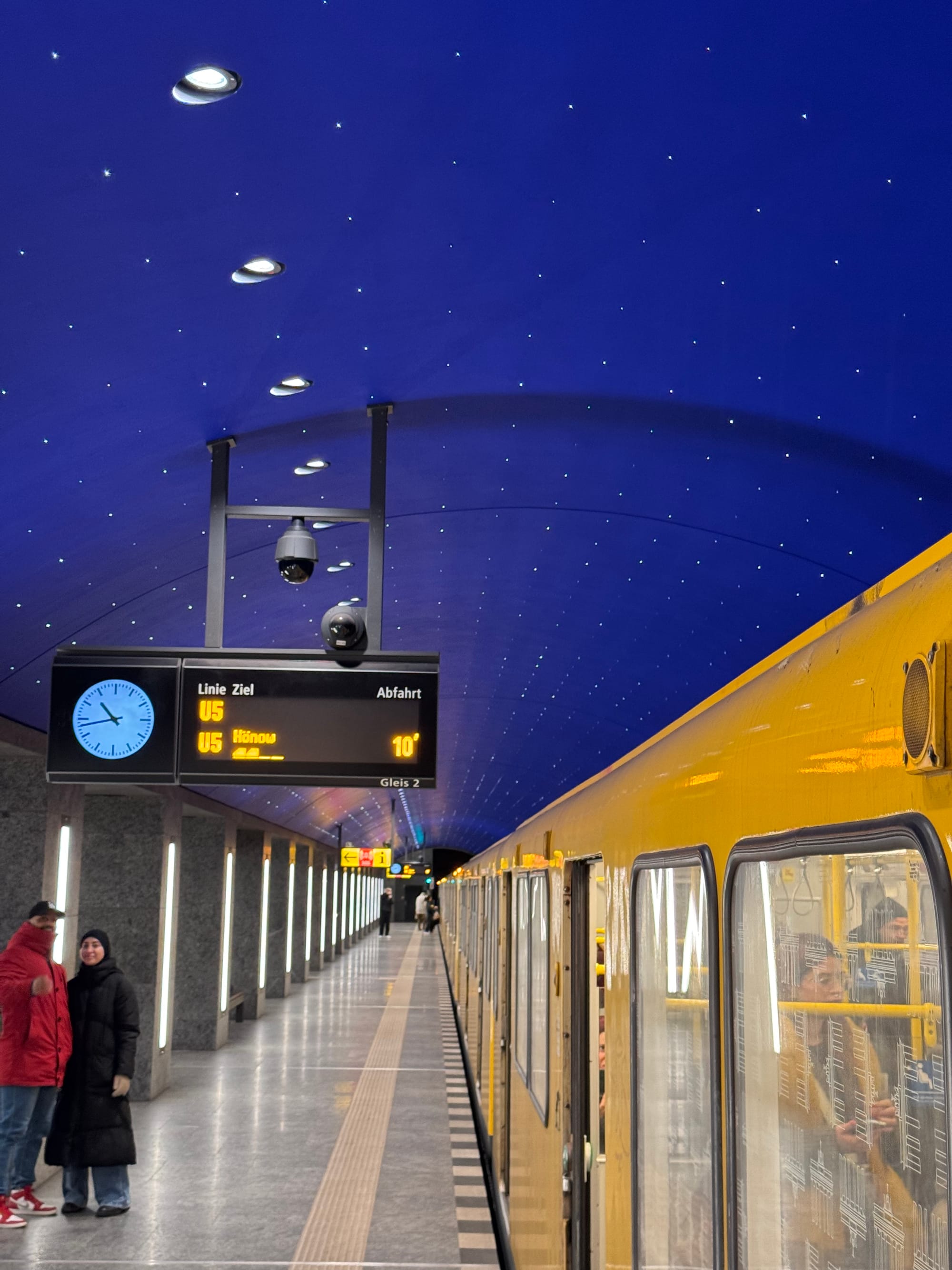
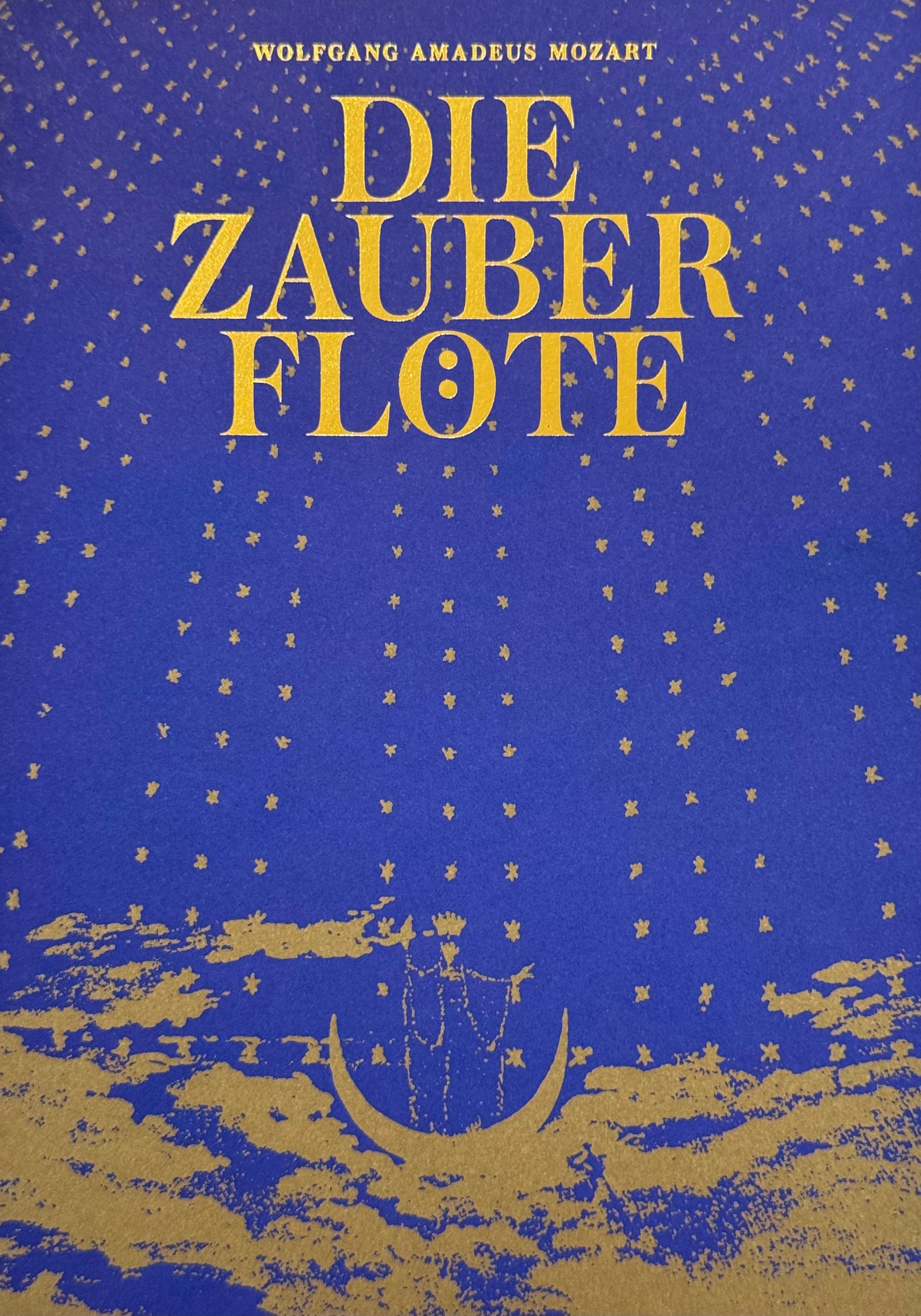
:blur(20):quality(10)/https%3A%2F%2Fwww.staatsoper-berlin.de%2Fdownloads-b%2Fde%2Fmedia%2F139%2Ffda3f2cbe9b7a6b5843992ec8b8a98d9%2Fzauberfl%C3%B6te_09_017.jpg)



